The Lyrid meteor shower peaks tonight: Here’s the best time to catch a glimpse of April 2025’s spectacular show
The Lyrid meteor shower is one of the most well-known stellar displays, occurring once a year in April. It’s also one of the oldest meteor showers that we know of, with records dating back to 687 BCE from Chinese astronomers. Unlike many meteor showers, the Lyrids are relatively short: In 2025, the event runs a little more than a week, from April 17 to April 26. It will peak in the nighttime hours of April 21 to 22. Typically, you can expect to see 10 to 20 meteors per hour at the peak, though the Lyrids have been known to outperform and deliver up to 100 meteors per hour. If you’d like to catch the show this year, here’s what to know about the 2025 Lyrids meteor shower peak. What’s the best time to see the Lyrid meteor shower peak? The Lyrids will be most visible after midnight and before the dawn hours. That’s as the moon will be relatively dim in its waning crescent phase and won’t rise until the early morning hours, around 3 a.m. local time. It’s best to target this window of time between midnight and 3 a.m. Where should I look to see the Lyrids? The Lyrids are viewable from the Northern Hemisphere. To see them, find the bright star Vega, which is a bluish white star that will rise in the northeast in the evening hours. It’s one of the brightest stars in the night sky and is easily visible, even from light polluted areas (aka, excessive artificial lighting). Vega is located in the constellation Lyra. Lyra is the radiant of the meteor shower, which means that the meteors will appear to originate from this constellation (hence the name, the Lyrids). To get the best view of the meteor shower, try to avoid areas with lots of light pollution. What causes the meteor shower? The Lyrid meteor shower may look to us like it originates from the constellation Lyra, but it’s actually the product of Earth passing through the trail of the comet C/1861 G1 Thatcher, which takes 415 years to orbit the sun. As the comet proceeds through the solar system, it leaves dust and debris in its wake. When Earth intersects this trail, that’s what produces the meteor shower.
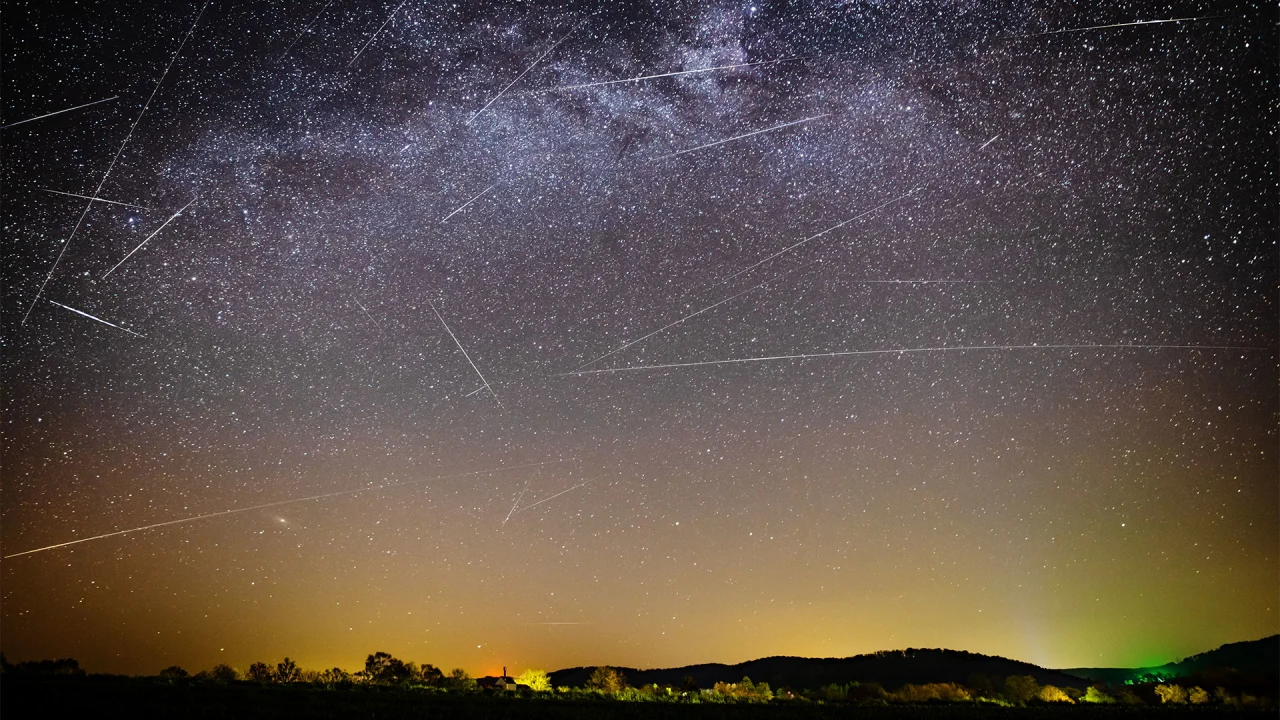
The Lyrid meteor shower is one of the most well-known stellar displays, occurring once a year in April. It’s also one of the oldest meteor showers that we know of, with records dating back to 687 BCE from Chinese astronomers.
Unlike many meteor showers, the Lyrids are relatively short: In 2025, the event runs a little more than a week, from April 17 to April 26. It will peak in the nighttime hours of April 21 to 22.
Typically, you can expect to see 10 to 20 meteors per hour at the peak, though the Lyrids have been known to outperform and deliver up to 100 meteors per hour.
If you’d like to catch the show this year, here’s what to know about the 2025 Lyrids meteor shower peak.
What’s the best time to see the Lyrid meteor shower peak?
The Lyrids will be most visible after midnight and before the dawn hours. That’s as the moon will be relatively dim in its waning crescent phase and won’t rise until the early morning hours, around 3 a.m. local time. It’s best to target this window of time between midnight and 3 a.m.
Where should I look to see the Lyrids?
The Lyrids are viewable from the Northern Hemisphere. To see them, find the bright star Vega, which is a bluish white star that will rise in the northeast in the evening hours. It’s one of the brightest stars in the night sky and is easily visible, even from light polluted areas (aka, excessive artificial lighting).
Vega is located in the constellation Lyra. Lyra is the radiant of the meteor shower, which means that the meteors will appear to originate from this constellation (hence the name, the Lyrids).
To get the best view of the meteor shower, try to avoid areas with lots of light pollution.
What causes the meteor shower?
The Lyrid meteor shower may look to us like it originates from the constellation Lyra, but it’s actually the product of Earth passing through the trail of the comet C/1861 G1 Thatcher, which takes 415 years to orbit the sun.
As the comet proceeds through the solar system, it leaves dust and debris in its wake. When Earth intersects this trail, that’s what produces the meteor shower.










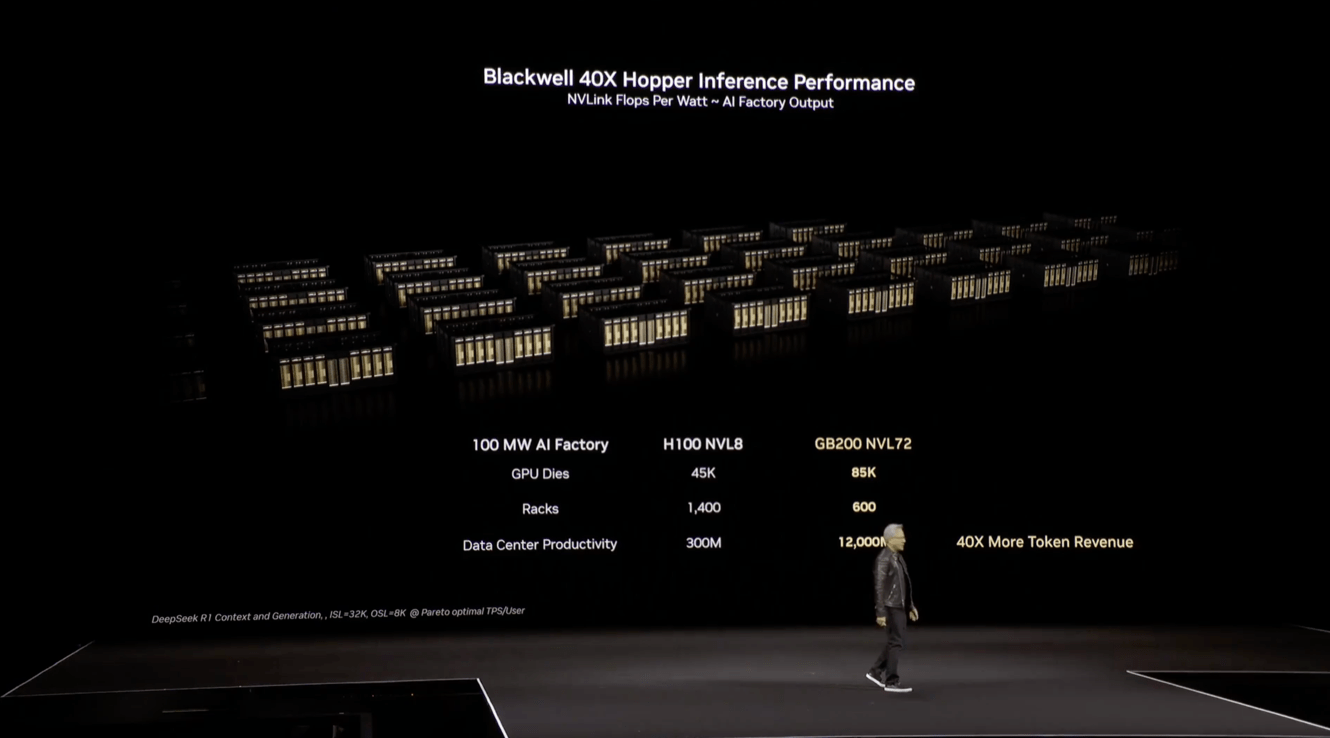














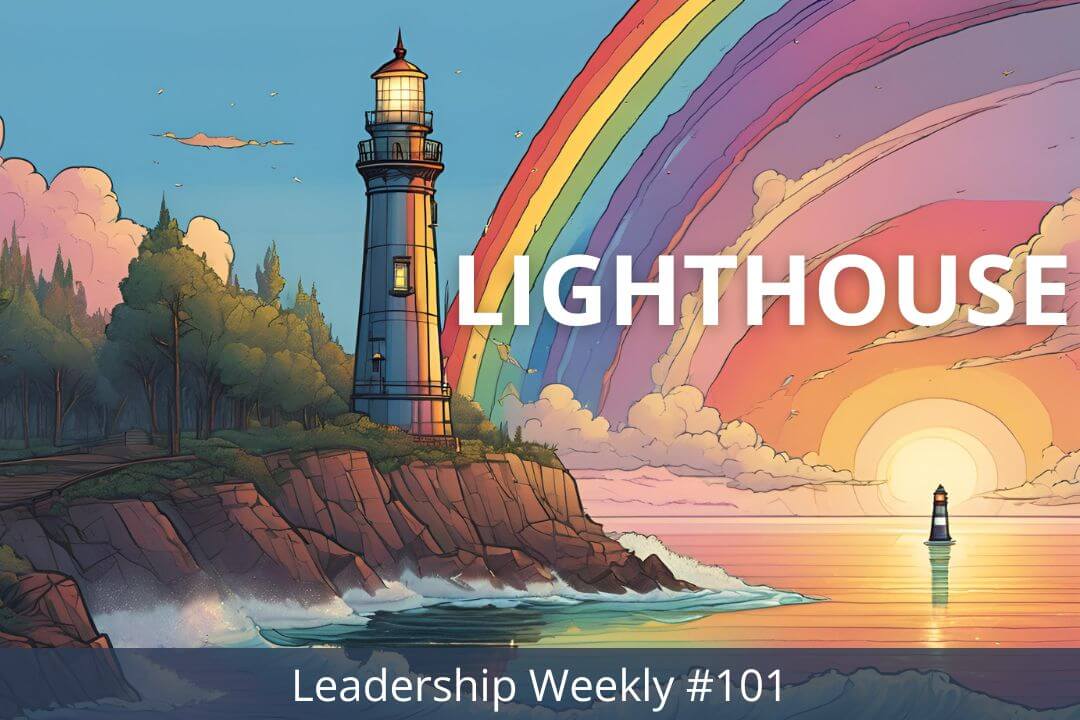

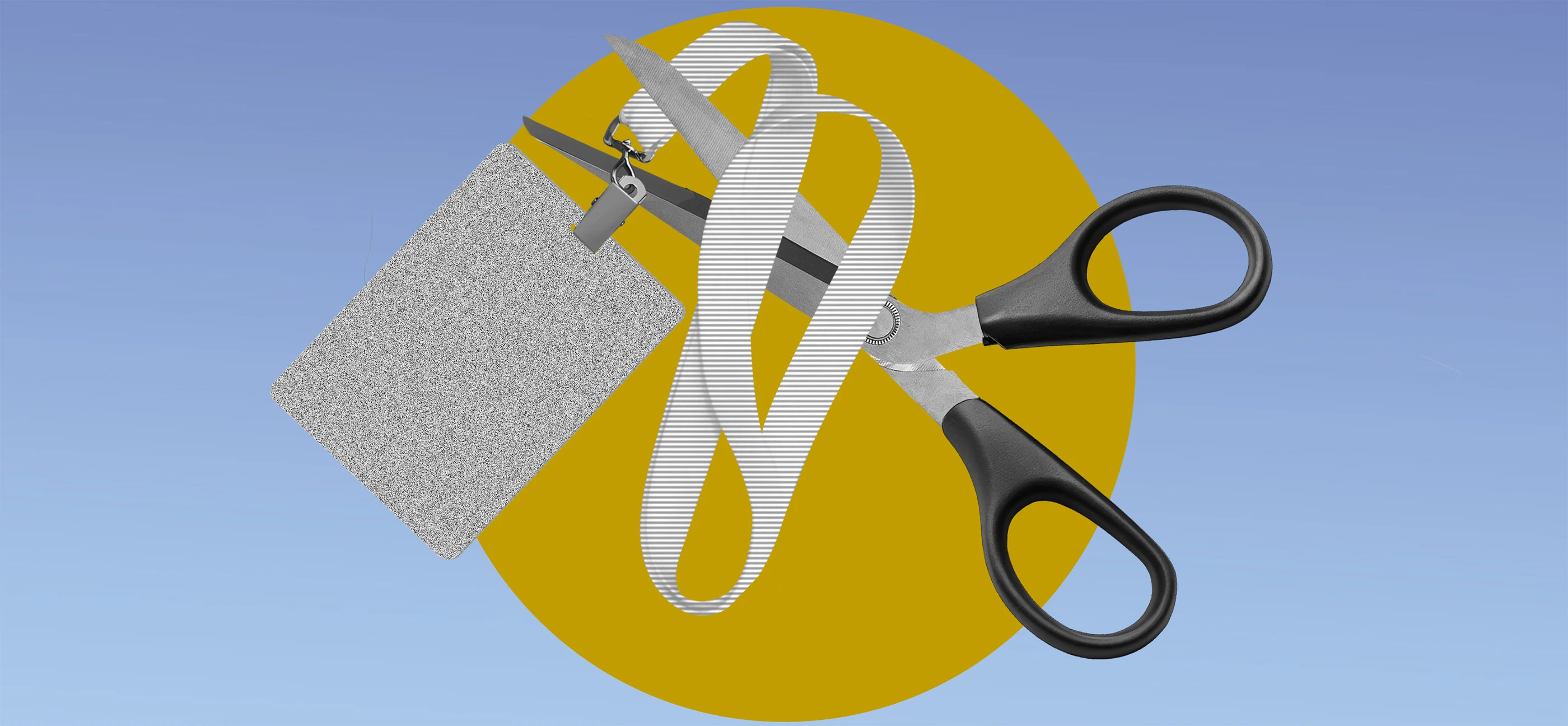






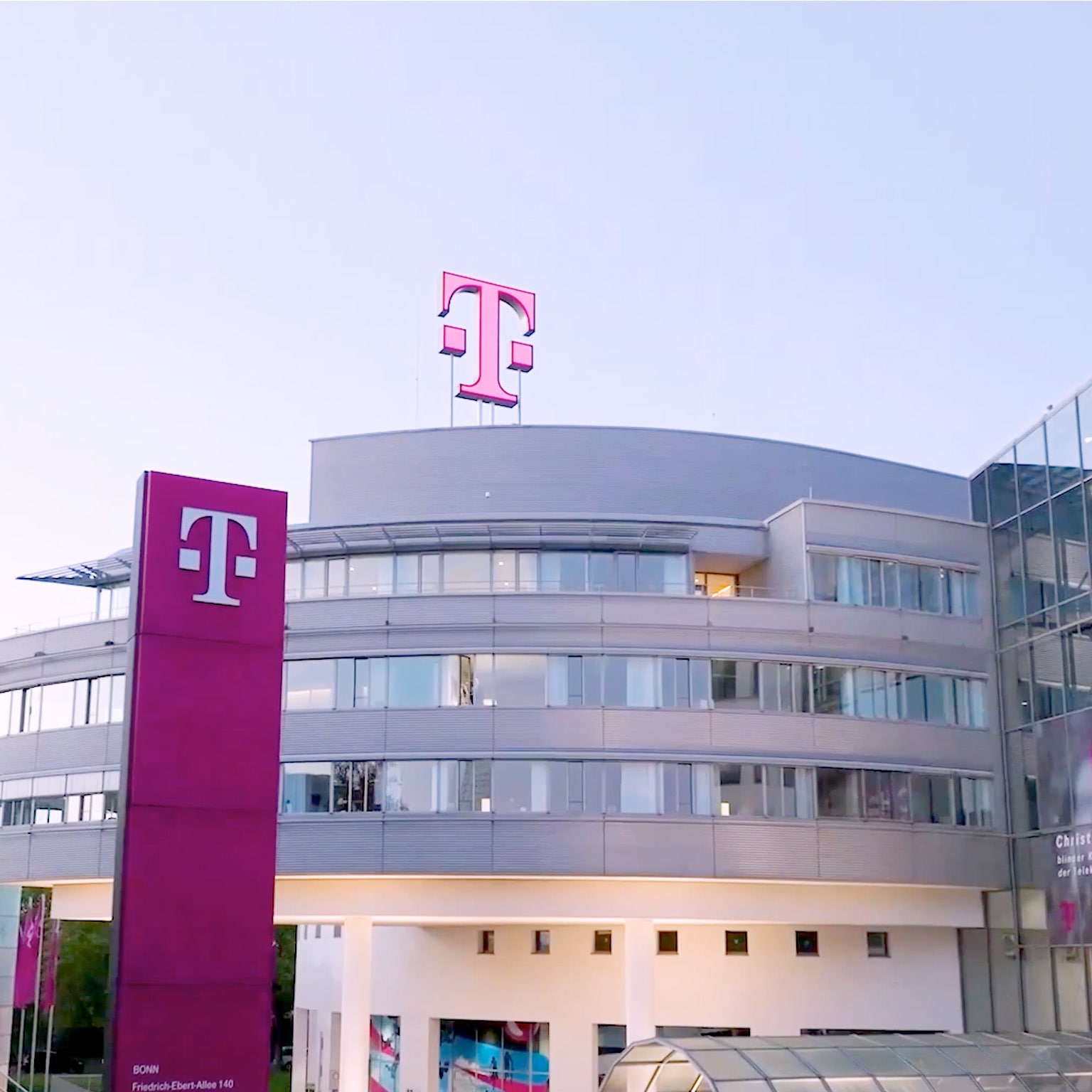
























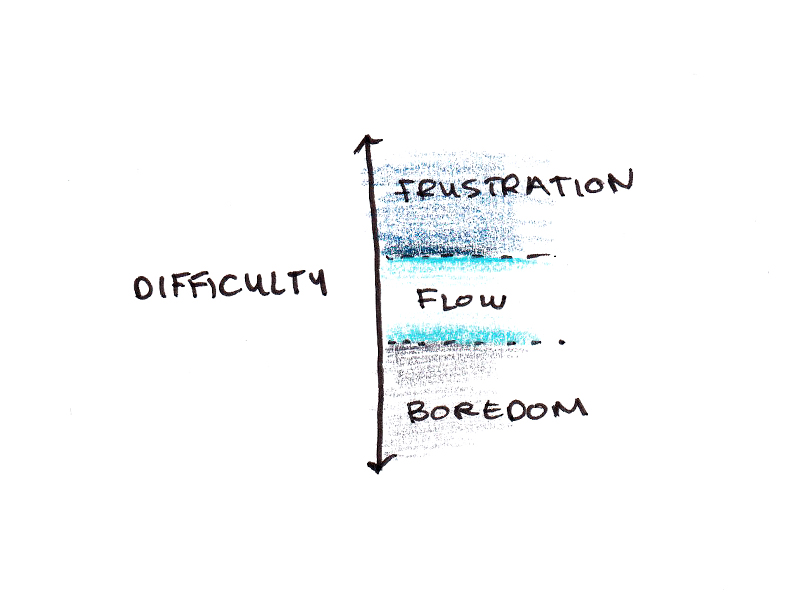





































![Building A Digital PR Strategy: 10 Essential Steps for Beginners [With Examples]](https://buzzsumo.com/wp-content/uploads/2023/09/Building-A-Digital-PR-Strategy-10-Essential-Steps-for-Beginners-With-Examples-bblog-masthead.jpg)





![How One Brand Solved the Marketing Attribution Puzzle [Video]](https://contentmarketinginstitute.com/wp-content/uploads/2025/03/marketing-attribution-model-600x338.png?#)































